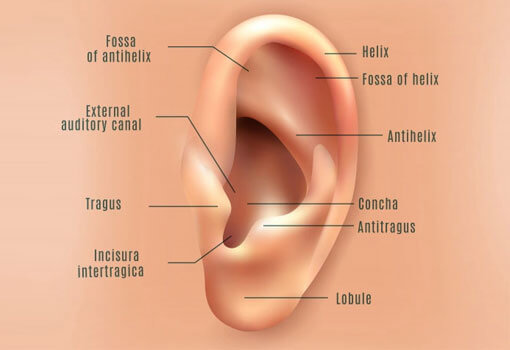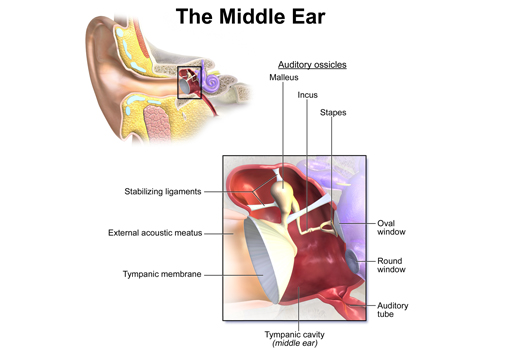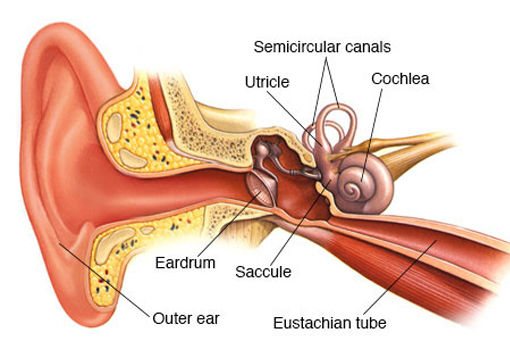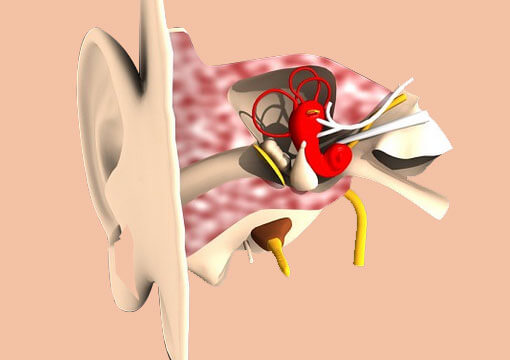Get Free Consultaion

It is critical in our daily lives to be able to communicate with others around us. It aids in the development of intelligence, comprehension, and feelings. We can grow upset if we are unable to express ourselves or hear the expressions of those around us.
Thankfully, modern technology has made hearing more accessible than ever before. We can assist you in reversing the negative effects of hearing loss on your relationships and quality of life. The world is full of incredible sounds to uncover, and with our assistance, you may rediscover them all.
Know your Ears
Your ear is divided into three sections, which include:

Outer Ear
Everything visible down the ear canal to the drum is considered to be in the outer ear.

Middle Ear
The three smallest bones in the body, the malleus (hammer), incus (anvil), and stapes, are housed in the middle ear, which is located behind the eardrum (stirrup). The ear drum transmits sound waves to the inner ear via these bones.

Inner Ear
The cochlea and semi-circular canals are located in the inner ear. The cochlea is a spiral-shaped structure around the size of a pea that is responsible for hearing. It is filled with fluid and is snuggled in the bone of the skull. In this fluid is a thin membrane with thousands of microscopic hairs. Each hair is tuned to a specific pitch and is connected to the hearing nerve, which sends the information to the brain. The sensation of balance is linked to the semi-circular canals.

How does Your Sense of Hearing Work
Sound waves are sent through the air when something makes a noise. The outer ear collects these sound waves and channels them through the ear canal to the eardrum. Vibrations are created by the impact on the eardrum and are transferred through the middle ear’s three bones. The stapes, the last section of these bones, attaches to the inner ear.
The stapes vibrates, which causes the fluid in the inner ear to move. The microscopic hairs attached to the inner ear lining bend in a wavelike motion as a result of this movement. When these hairs flex, an electrical signal is generated and sent to the brain via the auditory nerve.
